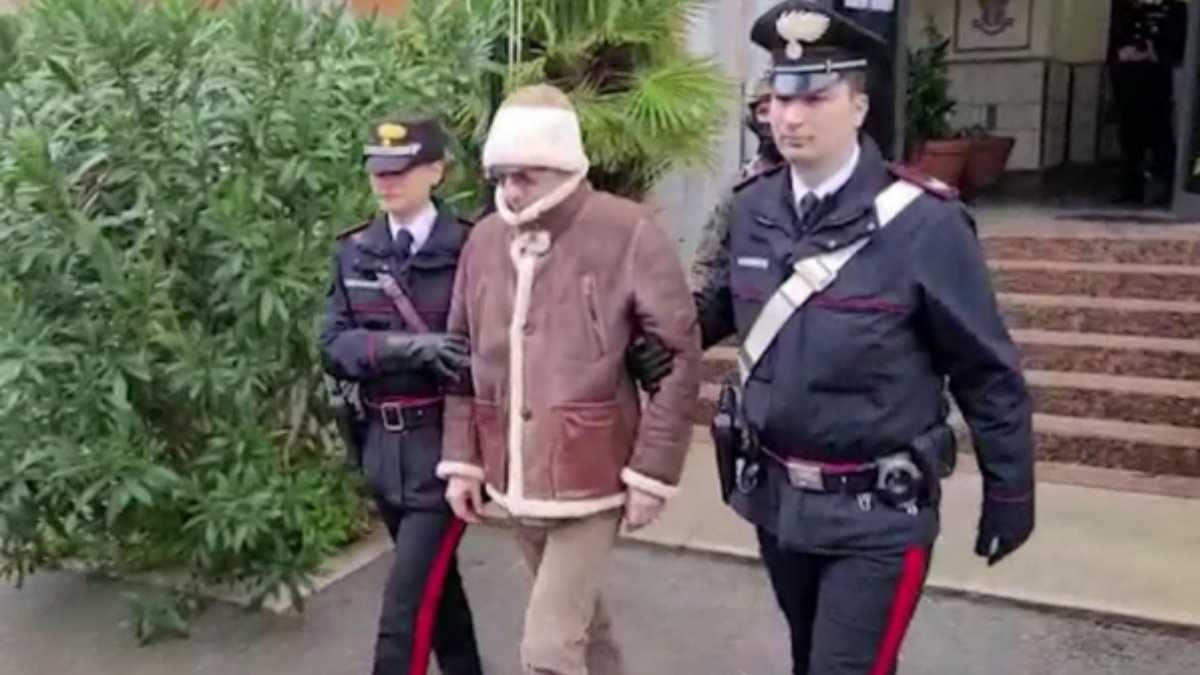Who Started the Italian Mafia? Unveiling the Origins of Cosa Nostra
The Italian Mafia, particularly its Sicilian branch known as Cosa Nostra, has captivated the world’s imagination for over a century. From Hollywood portrayals to real-life criminal enterprises, its influence is undeniable. But who started the Italian Mafia? To answer this, we must journey back to 19th-century Sicily.
The Birth of the Mafia: Sicily’s Tumultuous Past
Sicily’s history is marked by centuries of foreign domination—from the Phoenicians to the Arabs and later the Spanish. This constant upheaval created a fragmented society where central authority was weak, and local communities had to fend for themselves. In this environment, the term “mafioso” emerged, referring to individuals who were suspicious of central authority and relied on personal connections for protection. These early “mafie” were essentially private armies hired by absentee landlords to protect their estates from bandits. Over time, these groups evolved into organized crime families, laying the foundation for what we recognize today as the Mafia .Encyclopedia Britannica+3HISTORY+3Sky HISTORY TV channel+3Sky HISTORY TV channel+3Encyclopedia Britannica+3Encyclopedia Britannica+3
From Protection Rackets to Organized Crime
By the 19th century, as Sicily became part of unified Italy in 1861, the Mafia began to shift from mere protection rackets to more sophisticated criminal enterprises. The newly formed Italian government, struggling to assert control over the island, often turned a blind eye to the Mafia’s activities, even enlisting their help to quell other forms of crime. This tacit approval allowed the Mafia to expand its influence, engaging in activities like extortion, smuggling, and later, drug trafficking .Sky HISTORY TV channel+1HISTORY+1
The Rise of Cosa Nostra
The term “Cosa Nostra,” meaning “Our Thing,” came to define the Sicilian Mafia. In the early 20th century, the Mafia’s structure became more formalized, with families operating in specific territories and adhering to a code of conduct known as “Omertà,” emphasizing silence and loyalty. The Mafia’s influence permeated various sectors, including politics, law enforcement, and business, making it a formidable force in Sicilian society .HISTORY+2Sky HISTORY TV channel+2Encyclopedia Britannica+2
The Mafia’s Expansion to America
The early 20th century saw a significant wave of Italian immigration to the United States. Among these immigrants were individuals with ties to the Sicilian Mafia. In cities like New York, Chicago, and New Orleans, these individuals established their own criminal organizations, often referred to as the American Mafia or La Cosa Nostra. While distinct, the American Mafia shared many traditions with its Sicilian counterpart, including the code of Omertà and a hierarchical structure .HISTORY
The Mafia’s Enduring Legacy
Despite numerous crackdowns by law enforcement, the Mafia’s influence has persisted into the 21st century. In Italy, groups like the Sicilian Mafia, Camorra, ‘Ndrangheta, and Sacra Corona Unita continue to engage in various criminal activities, including drug trafficking, extortion, and money laundering. Internationally, the American Mafia has seen a decline in power but still maintains a presence in certain areas .AP News+3Federal Bureau of Investigation+3HISTORY+3HISTORY
Conclusion
The origins of the Italian Mafia can be traced back to the social and political upheavals of 19th-century Sicily. What began as a means of self-protection evolved into a complex and enduring criminal organization. Understanding its history provides insight into the factors that allowed such an entity to flourish and persist over time.
FAQ Section
1. What does “Cosa Nostra” mean?
“Cosa Nostra” translates to “Our Thing” and refers to the Sicilian Mafia.HISTORY+2Encyclopedia Britannica+2Sky HISTORY TV channel+2
2. When did the Mafia first emerge?
The Mafia began to take shape in the 19th century during Sicily’s integration into unified Italy.
3. Who were the first Mafia bosses?
Early Mafia bosses were local figures who controlled territories and enforced their own brand of justice.Federal Bureau of Investigation
4. How did the Mafia spread to America?
Italian immigrants, many with ties to the Sicilian Mafia, brought their criminal traditions to the United States in the early 20th century.
5. Is the Mafia still active today?
Yes, various Mafia organizations continue to operate in Italy and have a presence in other countries.
6. What is “Omertà”?
“Omertà” is the Mafia’s code of silence, emphasizing loyalty and non-cooperation with authorities.Encyclopedia Britannica
7. How did the Mafia influence politics?
The Mafia often infiltrated political systems, using bribery and intimidation to maintain power.
8. What are some famous Mafia families?
Notable Mafia families include the Gambino, Genovese, and Lucchese families in the United States.
